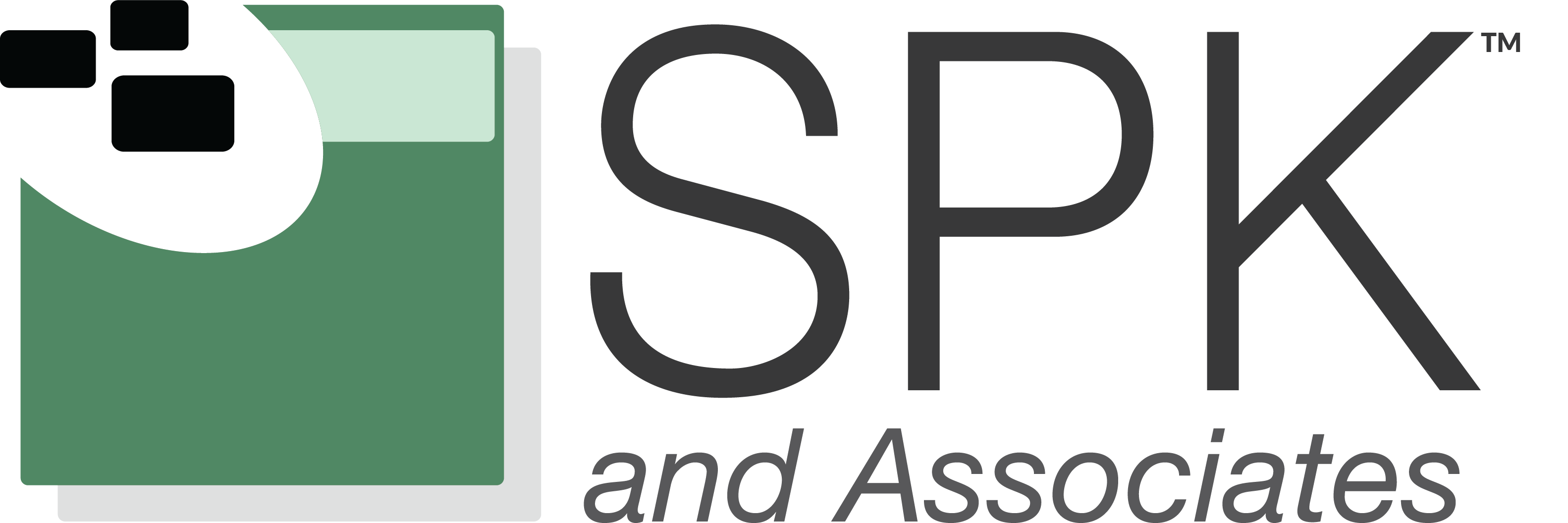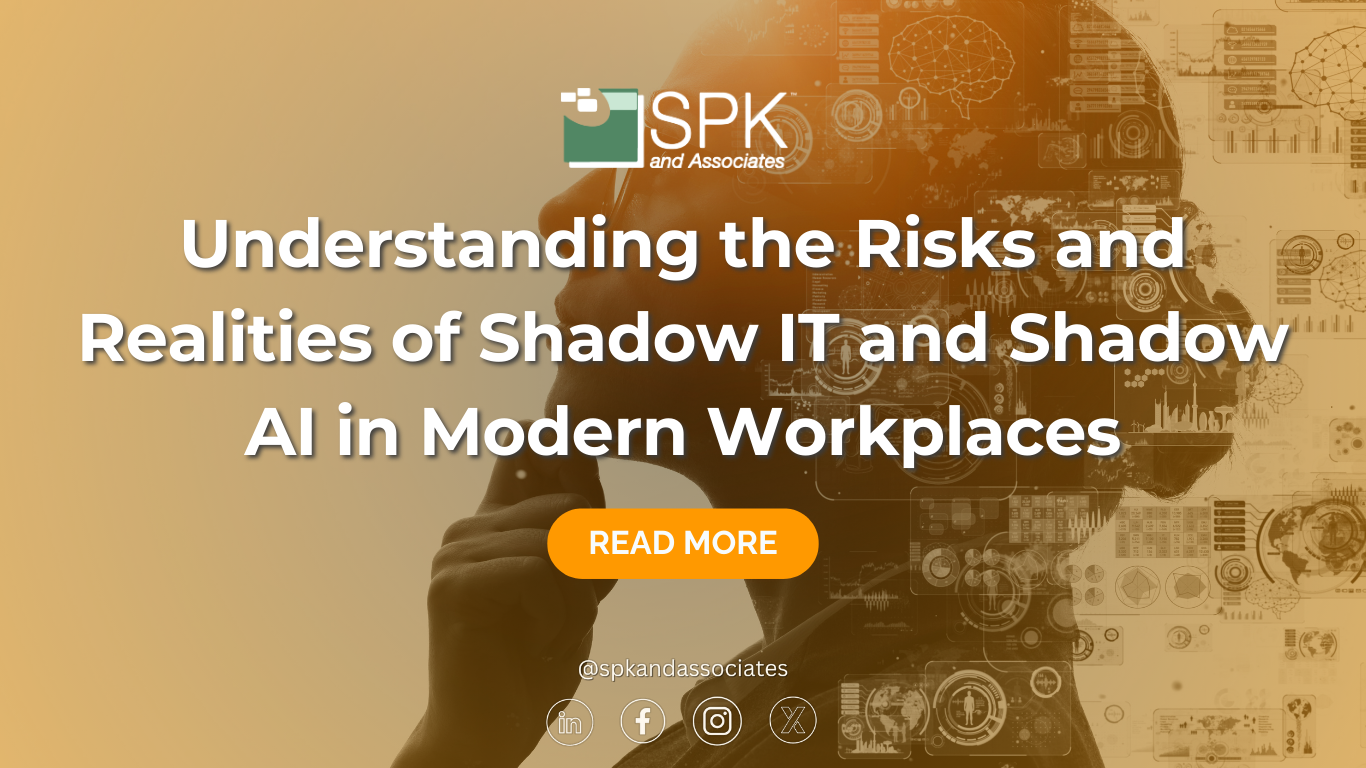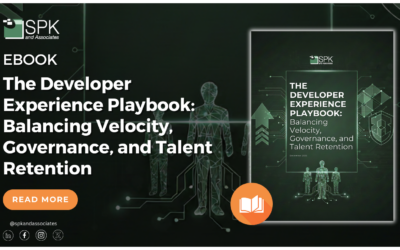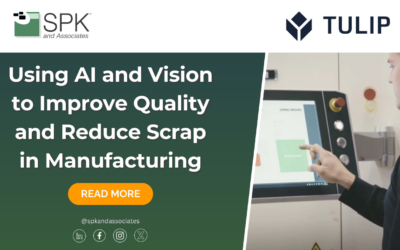Modern product engineering can feel like a race to the market. Ensuring products remain high quality during this push to market can cause challenges for development teams. At SPK and Associates, our experts have seen firsthand how this drive compels engineering groups to bypass traditional IT protocols. These groups adopt what’s known as ‘shadow IT’—the use of technology without explicit IT approval. Recently, a more concerning trend has emerged: shadow AI. This practice involves the use of AI tools without company authorization, presenting risks that could dwarf those posed by shadow IT.
The Rise of Shadow IT and AI
A recent study by Software AG highlighted a startling reality: half of all employees are using shadow AI, with 75% of knowledge workers employing AI tools daily. This isn’t just about preference; it’s about necessity. In engineering, tool complexities often exceed the grasp of IT departments. Professionals are not only adopting unsanctioned software but are venturing into AI to maintain their competitive edge. However, this can divert engineers from their primary roles, reducing innovation and potentially leading to significant security risks.
Challenges in Engineering
The complexities inherent in engineering tools mean they require more than just basic IT support. They need specialized attention that most IT departments aren’t equipped to provide. This has led to a dual dilemma where engineers are spending more time managing IT needs than innovating on product development. The irony is stark: in trying to speed up product delivery, teams might actually be slowing down true progress.
Engineering & IT = Oil and Water
In many organizations, a palpable tension exists between product engineering teams and the IT department. This is primarily rooted in their intrinsic motivations and operational goals. Product engineering teams are driven by the desire to innovate. This inherently involves a cycle of testing, failing, learning, and eventually succeeding. This dynamic process is crucial for creating groundbreaking products but often clashes with the IT organization’s goals for stability and simplicity. IT departments prioritize maintaining a stable and secure environment. This often means minimizing complexity and avoiding frequent changes that could disrupt operations.
The fundamental difference in objectives between IT and engineering teams can lead to misunderstandings and friction. They are like 2 boxers trying to impose their will on each other. This friction happens as IT staff often lack a deep familiarity with specialized engineering tools such as Creo, Solidworks, Solidworks PDM, or Windchill. Such tools are integral to engineering work but can be perceived as overly complex by IT teams. This only widens the gap between these critical organizational pillars. Furthermore, this disconnect strains relationships and impacts the efficiency and innovation potential of engineering projects. It underscores the need for a more integrated approach to support and infrastructure management. So what do some engineering teams do? They manage the IT system themselves. They often tell IT staff “not to worry about it,” or even worse, not have IT aware of these systems.
Shadow AI: The New Frontier
Shadow AI extends these challenges into a new domain. More than just unauthorized software, AI tools can process vast amounts of data and learn from it. They then create outcomes that could bypass data governance and compliance protocols entirely. The allure is clear: these tools promise significant productivity boosts, a tempting proposition when faced with tight deadlines and market pressures.
Addressing the Strained Engineering & IT Relationship
At SPK, we have seen the challenges of shadow IT (and shadow AI). When working with clients to drive better outcomes, we are often asked for long-term engagements to make changes that address this shadow asset creation. We excel in providing managed services that support and enhance engineering teams’ efforts to bring products to market swiftly. Our approach involves integrating the company’s IT policies and strategy with the needs of the engineering team. The goal is to create a symbiotic relationship. These strategies have evolved into robust IT and AI strategies that align with core engineering tasks. By managing these technologies for our clients, we help them focus on what they do best—innovate.
One great way we’ve helped reduce the risk of shadow IT is by bringing cloud infrastructure into the engineering team. This helps innovate but still gives the IT staff governance. A great example of this is SPK vCAD; a powerful tool for engineers to quickly set up and manage virtual workstations in a SaaS platform. It is optimized for MCAD, ECAD, and FEA applications.
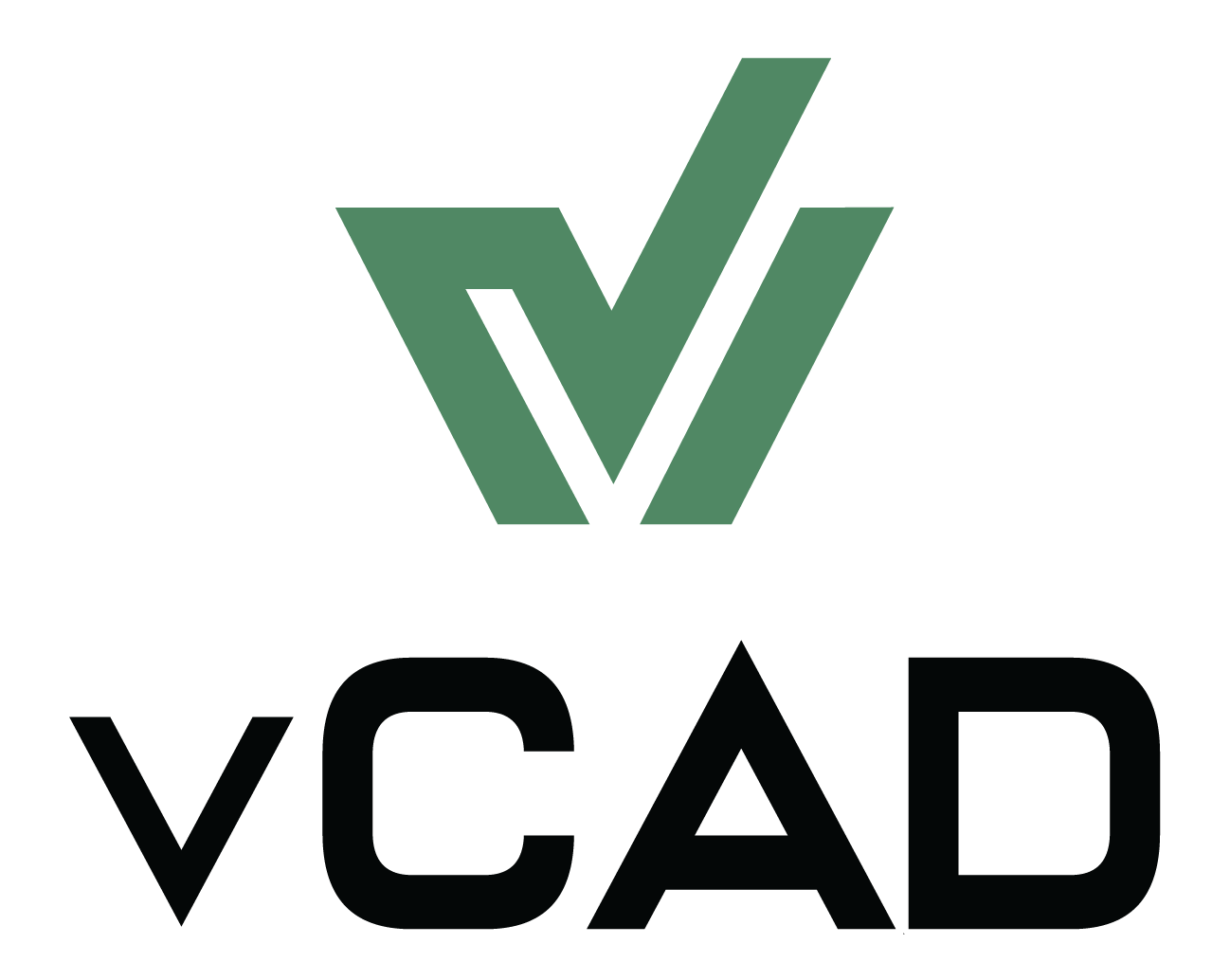
Challenges in Non-Tech Departments
Shadow IT and shadow AI present unique challenges in non-technical departments, such as HR, Marketing, and Accounting. In these fields, the use of unauthorized digital tools can often seem like a quick fix to immediate problems. Unfortunately, it just results in long-term risks. For instance, HR professionals might use unsanctioned AI tools to automate candidate screening or employee data analysis. Doing this without fully understanding the implications on data privacy and security leads to compliance risks. Another example is marketing teams adopting cloud-based AI tools for customer data analytics or campaign management. When these tools are not vetted by IT, they risk data breaches and non-compliance with regulations like GDPR. According to a report by Cisco, as much as 83% of IT staff have reported finding unauthorized cloud services. This underscores the prevalence of shadow IT across various departments.
These real-world scenarios illustrate the complexity of managing technology within an organization where different departments have divergent goals and understandings of IT protocols. For example, accounting departments might find official budgeting and reporting tools cumbersome or limiting. Instead, they implement shadow IT solutions. These solutions create silos of data that are difficult to secure and integrate with the company’s main IT systems. Without proper oversight, such practices expose the organization to cyber threats and lead to significant inefficiencies in data management. The lack of integration and oversight in shadow IT and AI usage necessitates a strategic approach to technology management. This approach must align departmental needs with organizational IT policies.
Adapting to Shadow IT and AI
To effectively manage the risks while harnessing the benefits of shadow IT and AI, companies must adopt a proactive approach. This includes:
- Creating transparent processes that allow for the safe inclusion of new tools.
- Developing robust evaluation methods to assess the impact and necessity of unsanctioned tools.
- Implementing training programs that address the use and risks of AI tools, ensuring that all team members are equipped to handle new technologies responsibly.
By acknowledging and addressing shadow IT and AI, we can channel their potential into positive outcomes. Overall, we can reduce operational chaos, focusing on innovation and speed to market. At SPK, our goal is to provide the framework and support that allow engineering teams to excel without compromise. If you’d like to learn more about our strategies to help reduce or eliminate shadow IT and shadow AI, contact our team today.

